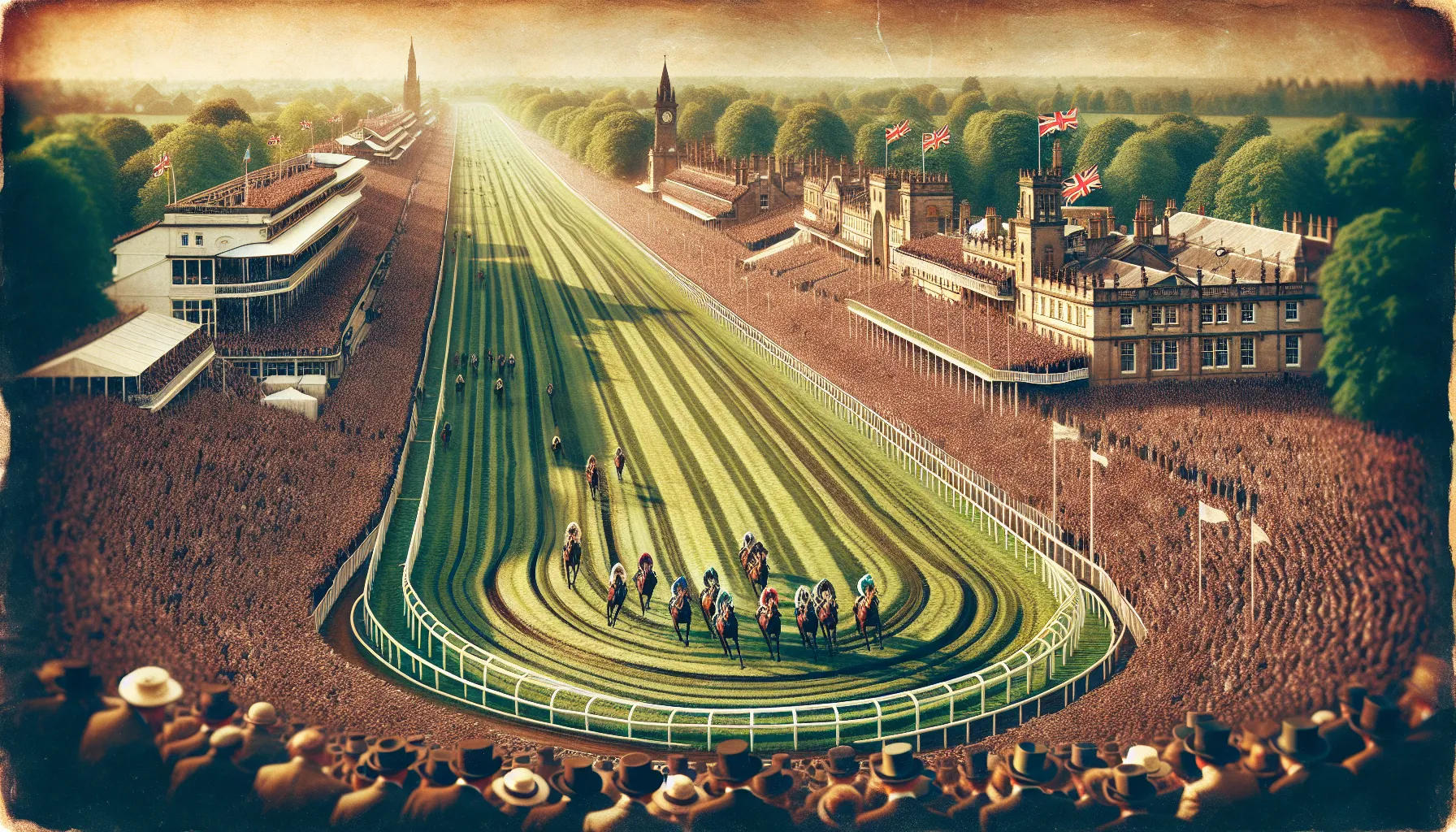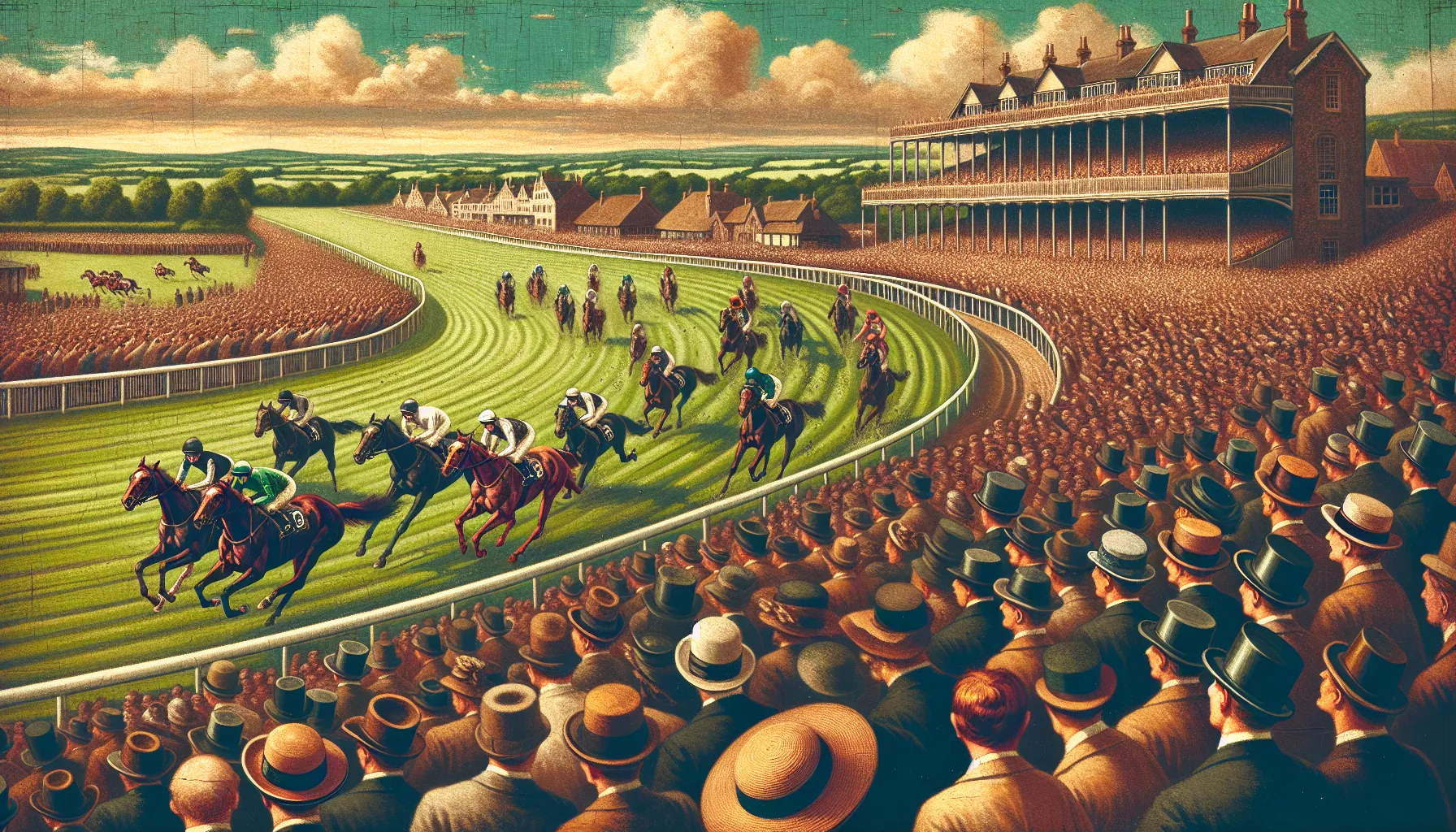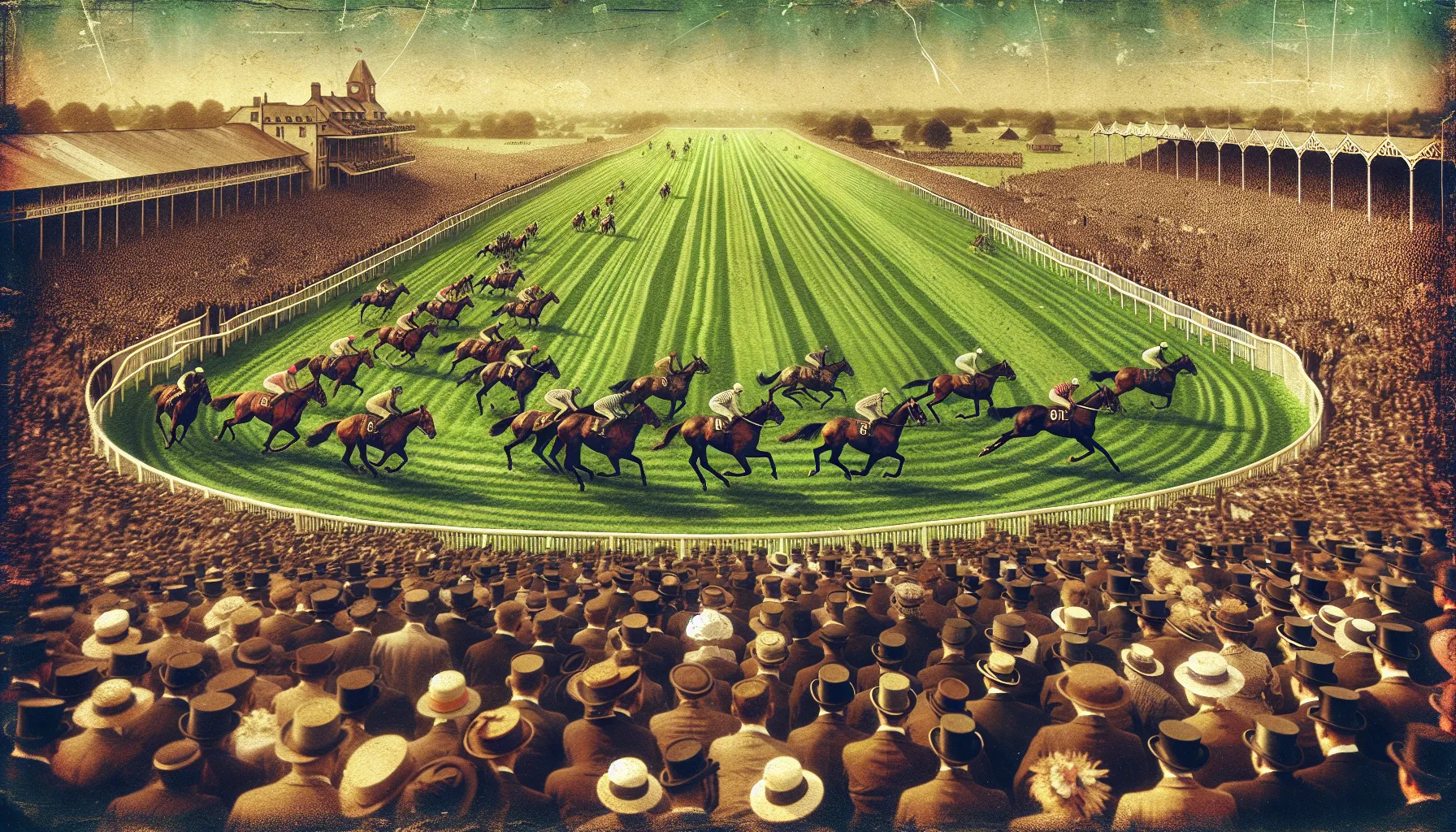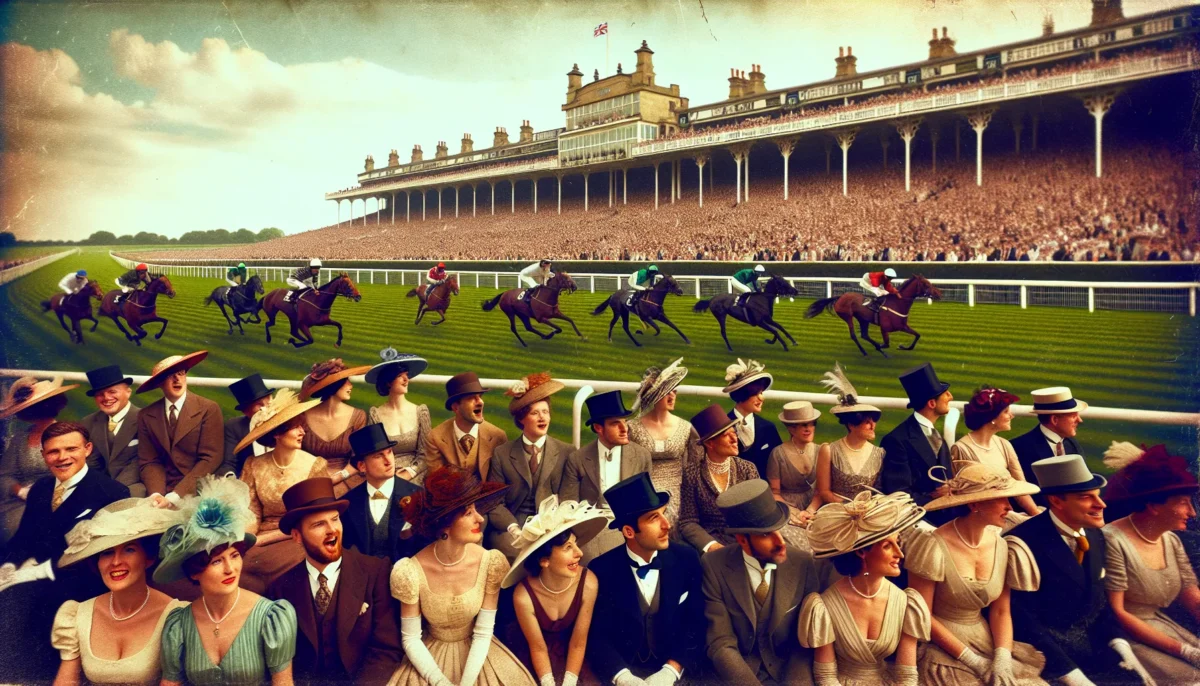Horse racing has long been a beloved tradition in England, blending thrilling competition with rich history. Whether you’re a seasoned racing enthusiast or just curious about this iconic sport, the number of racecourses across the country might surprise you. Each course offers its own unique charm and challenges, making England a true haven for horse racing fans.
From picturesque countryside tracks to historic venues steeped in legacy, England boasts a diverse collection of racecourses. These venues aren’t just about the races—they’re hubs of excitement, community, and tradition. If you’ve ever wondered how many racecourses there are or what makes them so special, you’re in the right place.
Overview Of Horse Racing In England
England features 59 racecourses, each offering unique experiences for horse racing enthusiasts. These courses vary in size, design, and racing styles, creating diverse opportunities to enjoy the sport. They are distributed across the country, from major venues like Ascot and Newmarket to smaller tracks such as Fakenham and Cartmel.
Flat racing and jump racing dominate the English horse racing scene. Flat racing focuses on speed and strategy over shorter distances, while jump racing, also called National Hunt racing, involves obstacles like fences and hurdles. Iconic events such as the Grand National and Epsom Derby highlight the nation’s passion for these formats.
Racecourses cater to spectators with a mix of historic and modern facilities. Many, like Chester and York, combine centuries-old traditions with contemporary amenities. Events often include fine dining options, live entertainment, and activities beyond the races, creating a broad appeal for visitors.
Horse racing in England is steeped in history with roots tracing back to Roman times. Today, it remains a blend of sport and heritage, drawing millions annually for both regular fixtures and high-profile festivals. This makes England a worldwide leader in horse racing culture.
The Total Number Of Horse Racing Courses In England

England is home to 59 horse racing courses, contributing to one of the richest traditions in global horse racing. These venues cater to various racing styles, including flat and jump racing, offering a diverse range of experiences for spectators and participants alike.
Major racecourses like Ascot, Newmarket, and Epsom Downs are internationally recognized. Ascot hosts the prestigious Royal Ascot, while Newmarket is renowned as the “home of flat racing.” Smaller tracks such as Fakenham and Cartmel provide more intimate settings, adding to the sport’s variety and accessibility across the country.
Each racecourse reflects a distinct character, with historic venues showcasing architectural charm and modern tracks incorporating state-of-the-art facilities. England’s racecourses not only host races but also provide spaces for entertainment, dining, and events, enhancing their role as cultural and social landmarks.
Breakdown Of Horse Racing Courses

England features 59 racecourses, each serving as a cornerstone of its horse racing heritage. These courses fall into three categories based on the type of racing: flat, National Hunt (jump racing), and dual-purpose tracks.
Flat Racing Courses
Flat racing courses prioritize speed and strategy over obstacles, making them ideal for testing pure equine ability. England hosts 19 flat-only racecourses, including renowned venues like Newmarket, Ascot, and Goodwood. Newmarket, regarded as the “Home of Racing,” features two tracks: the Rowley Mile and the July Course. Ascot combines elite racing with world-class hospitality, hosting prestigious events like Royal Ascot. Goodwood stands out for its picturesque scenery and signature event, the Glorious Goodwood Festival.
Flat courses vary in length and configuration to create unique challenges for horses and jockeys. They include straight tracks, as seen at York, and undulating circuits like Beverley, each influencing pace and positioning during the race.
National Hunt Racing Courses
National Hunt courses test stamina and jumping ability, using hurdles and fences as key features. England has 24 jump-only racecourses, catering to this winter-dominated racing style. Cheltenham Racecourse is particularly notable, hosting the Cheltenham Festival, which includes the Gold Cup. Aintree, home of the Grand National, is famous for its challenging, iconic fences like Becher’s Brook.
Jump tracks also showcase diverse layouts. For example, Wincanton emphasizes speed with its relatively flat terrain, while the demanding uphill finish at Sandown requires exceptional endurance.
Dual-Purpose Courses
Dual-purpose courses accommodate both flat and jump racing throughout the year. England boasts 16 such venues, maximizing their use across seasons. Haydock Park is a prime example, hosting prominent flat races like the Sprint Cup and major National Hunt events like the Betfair Chase. Ascot, while primarily known for flat racing, also features a high-quality National Hunt program.
These courses adapt their track conditions for each style, maintaining versatility while offering equally compelling events for fans of both racing formats.
Notable Horse Racing Venues In England

England’s horse racing venues blend history, innovation, and a passion for the sport. With 59 racecourses, you’ll find a mix of historic charm and modern appeal that caters to all racing enthusiasts.
Historic Courses
Historic courses in England showcase centuries of tradition and heritage. Newmarket, known as the “Home of Racing,” dates back to the 17th century and hosts prestigious events like the 2000 and 1000 Guineas. Ascot, established in 1711, combines royal patronage with world-class racing, highlighted by Royal Ascot week. Epsom Downs, home to the celebrated Epsom Derby since 1780, embodies elegance and competitive spirit. York Racecourse, operational since Roman times, stands out for its blend of history and scenic beauty. These iconic venues reveal England’s enduring connection to horse racing.
Popular Modern Courses
Modern courses offer innovative facilities that enhance your racing experience. Kempton Park’s all-weather track ensures year-round events, attracting significant flat racing fixtures. Wolverhampton Racecourse features floodlights, permitting evening races and expanding accessibility. Lingfield Park offers both turf and all-weather tracks, catering to diverse race styles throughout the year. Chelmsford City, reopened in 2015, uses state-of-the-art infrastructure to provide an excellent racing environment. These venues merge advanced technology with the thrill of horse racing, appealing to a contemporary audience.
Why Horse Racing Is A Beloved Tradition In England
Horse racing holds deep cultural and historical significance in England. As one of the world’s oldest sports, it dates back to Roman times and has since evolved into a symbol of heritage and national pride. This history intertwines with royal patronage, with monarchs like King Charles II playing key roles in establishing races and venues that still exist today.
You’re likely to find that major racing events like the Grand National, Cheltenham Festival, and Royal Ascot draw millions of fans annually, both in person and via broadcasts. These events combine elite competition with tradition-rich pageantry, showcasing not only the athleticism of horses and jockeys but also fashion, entertainment, and social gathering.
The sport attracts participants and spectators across all demographics due to its accessibility. Whether you’re at prestigious courses like Newmarket or smaller community-focused tracks like Towcester, the atmosphere remains electric. Local economies thrive on race days, as people flock to enjoy betting, dining, and entertainment that extend horse racing’s impact beyond the track.
Tradition stays alive through its embodiment in England’s cultural fabric. Historical venues such as York and Epsom Downs tell tales of centuries-old competitions, while modern tracks like Lingfield Park demonstrate the sport’s adaptability to changing times. This harmonious mix of old and new ensures its place as a cherished pastime for generations.
Conclusion
Exploring England’s racecourses reveals more than just a sport; it’s a journey through history, culture, and community. Whether you’re drawn to the elegance of flat racing or the adrenaline of jump racing, each venue offers something unique. From iconic events to state-of-the-art facilities, these courses cater to both tradition and modernity.
With 59 racecourses spread across the country, there’s always an opportunity to experience the thrill of horse racing firsthand. Whether you’re a lifelong fan or a curious newcomer, England’s vibrant racing scene invites you to be part of its enduring legacy.
Frequently Asked Questions
What is horse racing’s historical significance in England?
Horse racing in England dates back to Roman times and has evolved into a symbol of heritage and national pride. It has been supported by royal patronage for centuries and is deeply embedded in English culture.
How many racecourses are there in England?
England is home to 59 racecourses, each offering unique characteristics and experiences for horse racing enthusiasts, ranging from historic venues to modern facilities.
What are the two main types of horse racing in England?
The two dominant racing styles in England are flat racing, which prioritizes speed and strategy, and National Hunt racing (or jump racing), which includes obstacles like fences and hurdles.
What are some of the most famous racecourses in England?
Iconic racecourses include Newmarket, Ascot, Epsom Downs, and Cheltenham. Each of these venues is renowned for its history, architectural charm, and world-class events.
What are dual-purpose racecourses?
Dual-purpose racecourses in England, such as Haydock Park and Sandown Park, host both flat and National Hunt races, allowing year-round horse racing events.
What are the most prestigious horse racing events in England?
Major events include the Grand National at Aintree, the Cheltenham Festival, the Epsom Derby, and Royal Ascot. These events combine elite competition with rich traditions.
Why is horse racing so popular in England?
Horse racing offers a blend of thrilling competition, historical significance, and social experience. It caters to diverse audiences, contributes to local economies, and is celebrated as a cultural tradition.
Which racecourses feature modern facilities?
Modern racecourses like Kempton Park, Wolverhampton, Lingfield Park, and Chelmsford City incorporate advanced technology and state-of-the-art facilities to enhance the racing experience.
Are horse races accessible to the public?
Yes, horse racing events in England are widely accessible, attracting both seasoned fans and newcomers. Races are designed to foster community involvement and entertainment for all demographics.
How does horse racing benefit local economies?
Horse racing contributes significantly to local economies, especially on race days. It attracts visitors, boosts tourism, and supports jobs in hospitality, event management, and equestrian sports.
